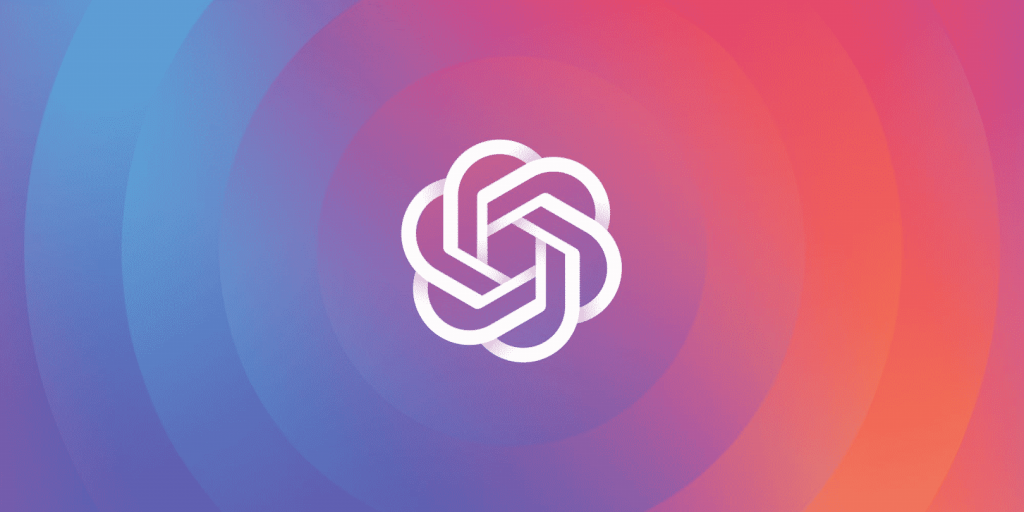OpenAI has announced a new feature for ChatGPT called custom instructions, designed to avoid ‘the friction of starting each ChatGPT conversation afresh.”
Chat GPT custom instructions, which rolled out to Plus plan users in the U.S. allows you to enter personal preferences and other information that you want the generative AI platform to remember when serving results and answers.
What is ChatGPT Custom Instructions?
According to a blog post on OpenAI: “ChatGPT will consider your custom instructions for every conversation going forward. The model will consider the instructions every time it responds, so you won’t have to repeat your preferences or information in every conversation.”
The company provided an example of ChatGPT custom instructions in action. For a teacher who teaches science to third graders, they might enter that information constantly be presented as a comparative table to assess how to deliver topics to her class.
OpenAI has also outlined how custom instructions will interact with OpenAI plugins, and how it will impact privacy and personal information. Read more about the new update here.

How Do I Use Custom Instructions on ChatGPT?
Here’s how to use ChatGPT custom instructions on web or via the Apple app:
- WEB: Click on your name → Settings → Beta features → opt into Custom instructions. Custom instructions will appear in the menu when you click on your name going forward.
- iOS APP: Go to Settings → New Features → turn on Custom instructions. Custom instructions will appear in settings.
What does ChatGPT stand for?
ChatGPT stands for Chat Generative Pre-trained Transformer. It is a type of language model that uses the Transformer architecture and is trained on a large dataset of text using unsupervised learning techniques. The pre-training allows the model to learn the statistical patterns in natural language and generate coherent and contextually relevant responses to input text. This technology is often used in chatbots and virtual assistants to enable natural language communication with humans.
OpenAI developed ChatGPT as a continuation of their research in the field of natural language processing (NLP) and artificial intelligence (AI). The goal of the work was to create a language model that could generate human-like responses to input text and enable more natural and engaging conversations with machines. The development of ChatGPT was based on the Transformer architecture, a type of neural network that had shown promising results in NLP tasks such as machine translation and language modelling.
The model was trained using unsupervised learning techniques, which involved predicting the next word in a sequence of text given the previous words. One of the key innovations of ChatGPT was the use of a multi-layer architecture that allowed the model to capture more complex patterns in language. The model consisted of multiple layers of Transformer blocks, each of which contained multiple attention heads for capturing different aspects of the input text.
After training, the ChatGPT model was fine-tuned on specific tasks such as question answering and text completion to create natural conversations. This fine-tuning process involved training the model on a smaller dataset of text that was specific to the task at hand. The development of ChatGPT represented a significant breakthrough in the field of NLP and AI, as it demonstrated the potential for machines to generate coherent and contextually relevant responses to input text.
Since its release, ChatGPT has been used in a wide range of applications, including chatbots, virtual assistants, and automated content creation.




Pingback: What's After Generative AI? Interactive AI, According to DeepMind Co-Founder